Advancements in Sensor Technologies
Technological advancements in sensor technologies are significantly influencing the Data Acquisition System Market. The proliferation of high-precision sensors, capable of capturing a wide array of data types, enhances the accuracy and reliability of data acquisition systems. For instance, the integration of smart sensors in industrial applications allows for more efficient monitoring and control processes. The market for sensor technologies is expected to witness substantial growth, with projections indicating an increase in demand for advanced sensors by over 15% in the coming years. This evolution in sensor technology not only improves data quality but also expands the potential applications of data acquisition systems across diverse industries, thereby driving the Data Acquisition System Market forward.
Growing Focus on Predictive Maintenance
The Data Acquisition System Market is witnessing a growing focus on predictive maintenance strategies across various sectors. Organizations are increasingly utilizing data acquisition systems to monitor equipment performance and predict potential failures before they occur. This proactive approach not only minimizes downtime but also reduces maintenance costs significantly. Recent studies indicate that predictive maintenance can lead to cost savings of up to 30% for manufacturing companies. As industries strive to enhance operational efficiency and reduce unexpected equipment failures, the demand for data acquisition systems that support predictive maintenance is likely to increase. This trend underscores the importance of data-driven insights in optimizing maintenance practices within the Data Acquisition System Market.
Regulatory Compliance and Data Governance
The Data Acquisition System Market is significantly influenced by the increasing emphasis on regulatory compliance and data governance. Organizations are required to adhere to stringent regulations regarding data collection, storage, and processing, particularly in sectors such as finance, healthcare, and telecommunications. Compliance with these regulations necessitates robust data acquisition systems that ensure data integrity and security. As a result, the market for data acquisition systems that incorporate advanced compliance features is expected to expand. Recent reports indicate that companies investing in compliance-focused data acquisition solutions can enhance their operational resilience and mitigate risks associated with data breaches. This growing regulatory landscape is a critical driver of innovation and growth within the Data Acquisition System Market.
Increased Adoption of Cloud-Based Solutions
The shift towards cloud-based solutions is reshaping the Data Acquisition System Market. Organizations are increasingly adopting cloud technologies to facilitate data storage, processing, and analysis. This transition allows for enhanced scalability, flexibility, and cost-effectiveness in managing data acquisition systems. Recent data suggests that the cloud segment within the data acquisition market is expected to grow at a rate of 18% annually, reflecting a strong preference for cloud-based architectures. By leveraging cloud solutions, businesses can streamline their data workflows and improve collaboration across teams, which is essential for optimizing data-driven decision-making processes. Consequently, the rise of cloud-based data acquisition systems is a key driver of growth in the Data Acquisition System Market.
Rising Demand for Real-Time Data Processing
The Data Acquisition System Market experiences a notable surge in demand for real-time data processing capabilities. Industries such as manufacturing, healthcare, and energy are increasingly reliant on timely data to enhance operational efficiency and decision-making. According to recent estimates, the market for real-time data processing solutions is projected to grow at a compound annual growth rate of approximately 12% over the next five years. This trend is driven by the need for immediate insights, enabling organizations to respond swiftly to changing conditions. As a result, data acquisition systems that facilitate real-time data collection and analysis are becoming indispensable across various sectors, thereby propelling the growth of the Data Acquisition System Market.
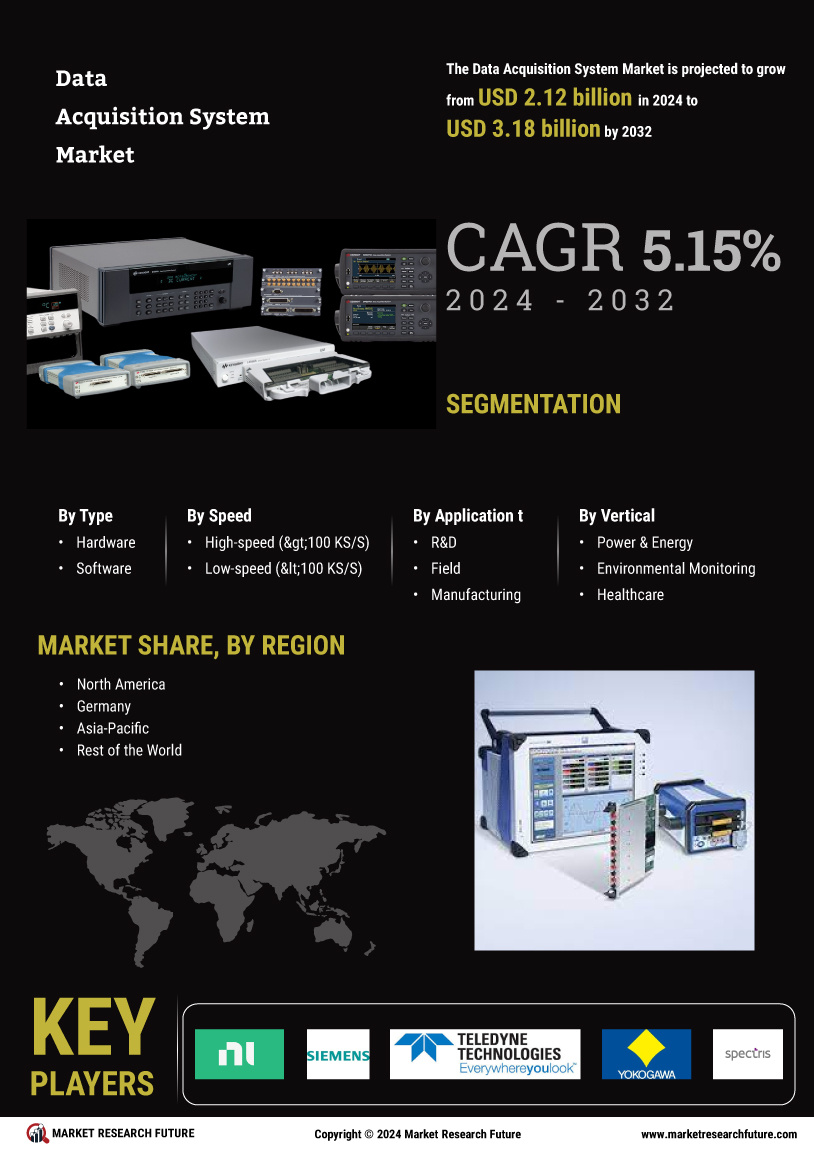

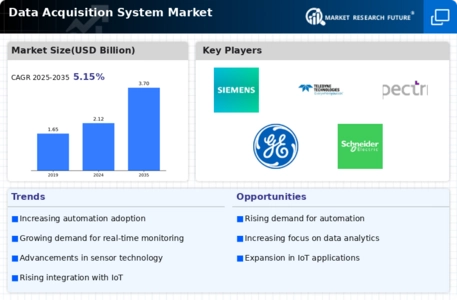
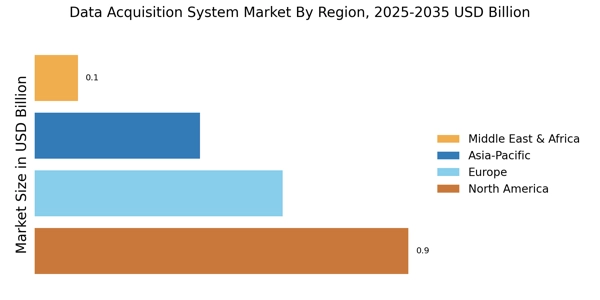

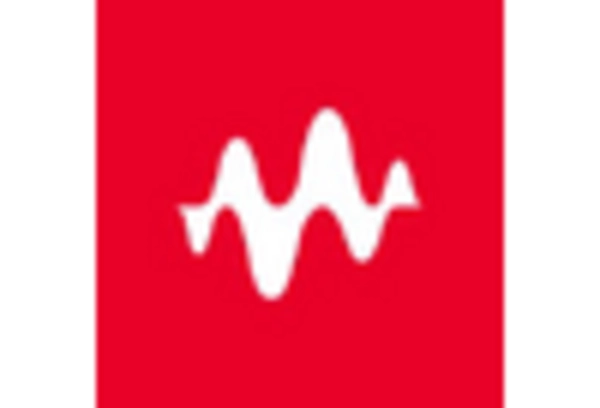
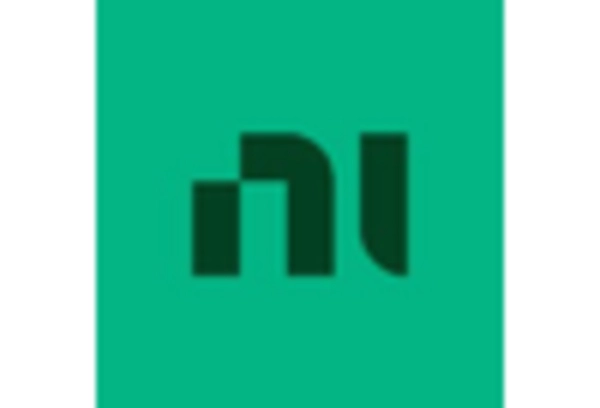
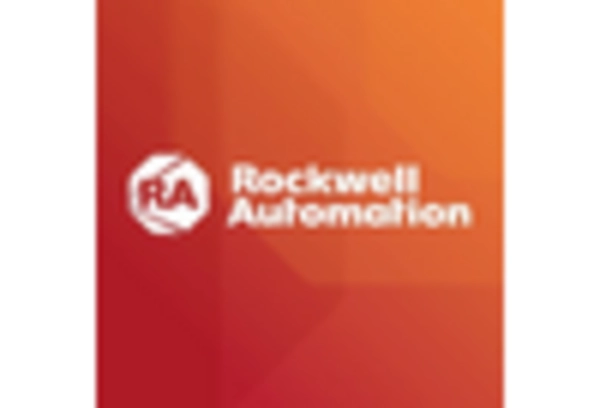

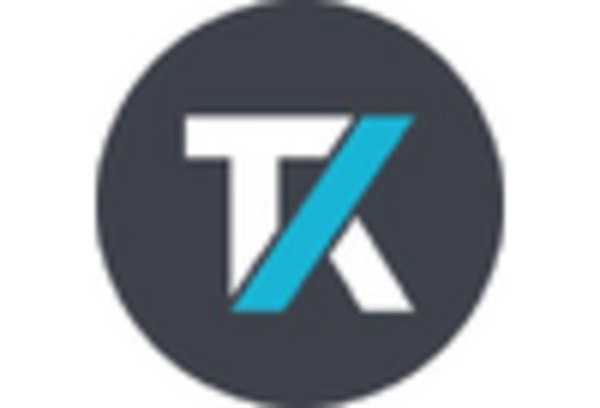








Leave a Comment